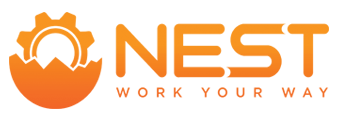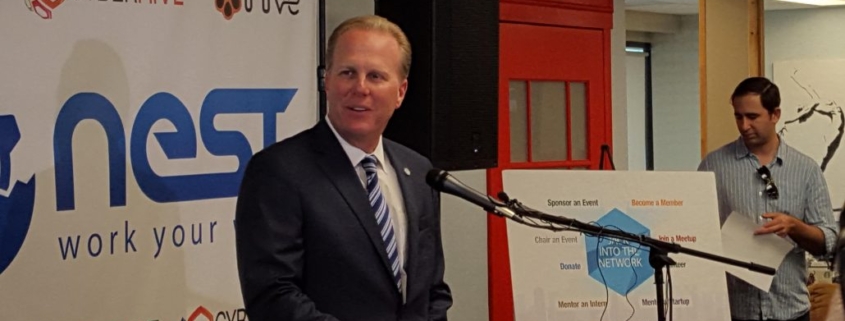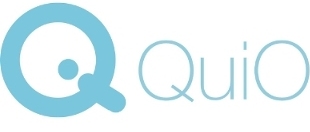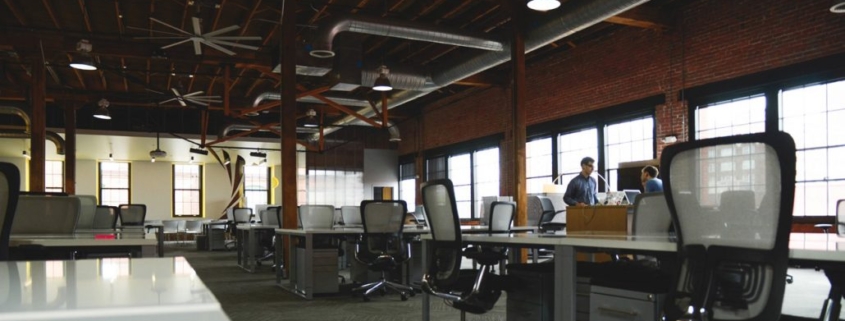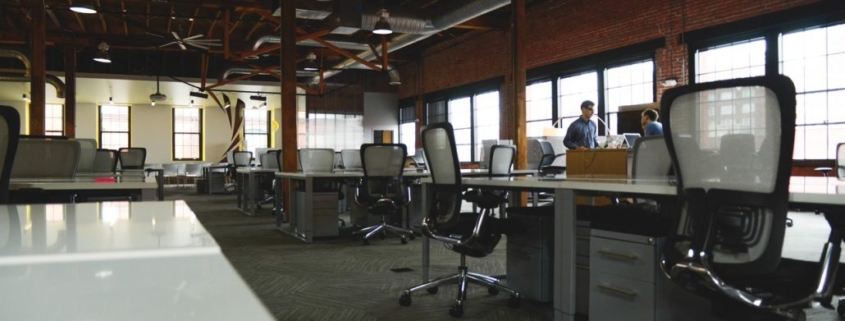Everyone knows your basic US tech cities – Seattle and San Francisco. And thanks to the major tech players like Microsoft, Amazon, Google, those cities will likely remain at the top of the tech heap for years to come. But San Diego is attracting significant attention as an emerging tech hub. And here’s why:
Lifestyle
If you want rain, go to Seattle. Busy streets? Try New York. But if you want great weather year-round without the bother of LA posers, you come to San Diego. And for the moment, San Diego is considered “affordable” when you compare housing prices to places like San Francisco. Keep in mind, the emerging workforce is one that empathizes quality over quantity. Twentysomethings are happy to give up big houses and hefty salaries for a freelancing flip-flop life.
Location
Not only does San Diego county offer broad expanses of land (think: North County’s Geico call center); but downtown San Diego has its underdeveloped East Village. From 2005 to 2008, the East Village was flush with developments. Now, eight years later, the empty lots and unused buildings are coming into focus as developers eye those blocks for expansion. The I.D.E.A. district and Makers Quarter are going to bring tech workers into an arts, commercial, and residential project that will rival swanky SF living.
Industry
So, when you think San Diego, you don’t automatically think tech software. But the city has a long history of developing everything from bio technology to microchips to missile launchers. We have our fair share of major players like Qualcomm and General Atomics. Plus don’t forget about our reputation as a research hub thanks to the huge universities.
San Diego has everything to become America’s next tech supercity. With the universities pumping out thousands of eager workers looking for ways to stay in Sun City, tech giants are seeking ways to capture the enthusiasm. Plus, with every student comes a new idea for an app, game, or device. So the city’s grassroots tech efforts are fed by the venture capitalists excited to hear something new from Sunny SD.
Tech growth is inevitable. And welcome.
